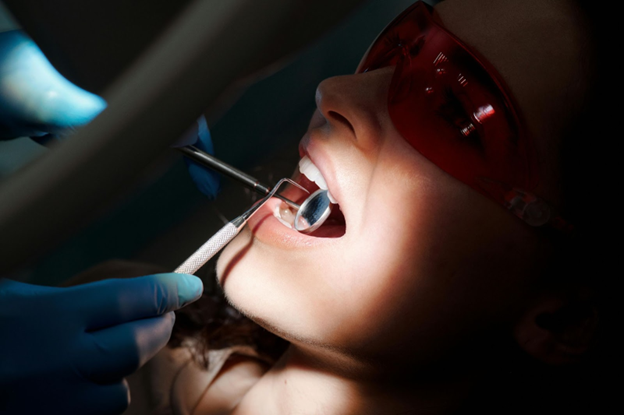A cracked tooth can sneak up on you—starting as a minor annoyance and turning into a real issue if left untreated. Knowing how to navigate tooth fractures and how they feel is the first step to getting help before things get too serious.
What Kind of Crack Are We Talking About?
Not all cracked teeth are the same or require the same amount of concern. In fact, some are much more serious than others:
- Craze Lines: These are tiny cracks in the enamel, usually harmless and mostly cosmetic. They tend to pop up as we age.
- Fractured Cusp: This happens when a chunk near a filling breaks off. It might not hurt at first, but the sharp edges can irritate your tongue or make chewing tricky.
- Cracked Tooth: Now we’re getting into more serious territory. This crack runs from the top of the tooth down toward the root. You might feel pain when you bite or notice sensitivity to hot and cold. Left untreated, it can get worse fast.
- Split Tooth: A severe crack that splits the tooth into pieces. This usually calls for extraction or major dental work.
- Vertical Root Fracture: This crack starts at the root and moves upward. It’s often silent until an infection sets in, at which point the tooth typically needs to come out.
Warning Signs You Shouldn’t Ignore
Catching a crack early can save you time, money, and discomfort. Keep an eye out for:
- Pain when chewing that eases when you stop
- Sensitivity to hot or cold drinks and foods
- Swollen or tender gums near a tooth
- On-and-off pain that’s hard to pinpoint
Some cracks stay hidden without symptoms but can still cause major problems if not addressed. What seems like a minor split today can turn into a fracture or infection tomorrow.
Why Prompt Care Matters
It’s easy to dismiss mild discomfort and hope it goes away, but that’s a risky move. Putting off getting proper care can have a variety of consequences. Here’s what can happen if you delay treatment:
- The crack can deepen, reaching the soft pulp inside—often requiring a root canal or extraction.
- Bacteria invade once the pulp is exposed, potentially causing a painful abscess and spreading infection.
- Even small cracks can weaken the tooth and set you up for more fractures in the future.
Teeth can’t heal on their own —getting help early keeps things simple and helps you hang on to your natural tooth.
What to Do Right Away
If you think you’ve cracked a tooth:
- Rinse your mouth with warm water to clean things out.
- Apply a cold pack on your cheek to ease swelling.
- Call your dentist—fast. Waiting only makes it worse.
How to Protect Your Teeth
While not every crack is preventable, a few smart habits can help:
- Skip chewing on ice, hard candy, or popcorn kernels.
- Wear a mouthguard during contact sports.
- If you grind your teeth at night, work on breaking the habit—it’s a common crack culprit.
When to Call the Experts
A cracked tooth isn’t just annoying—it can turn into a real problem if you let it go untreated. The key is to seek care before every bite or use of your teeth causes pain. If you notice pain, sensitivity, or any changes in your teeth, don’t wait. At Scarsdale Dental Spa, we provide expert emergency dental care to restore your smile and peace of mind.
Your smile is worth protecting—reach out to us today.

